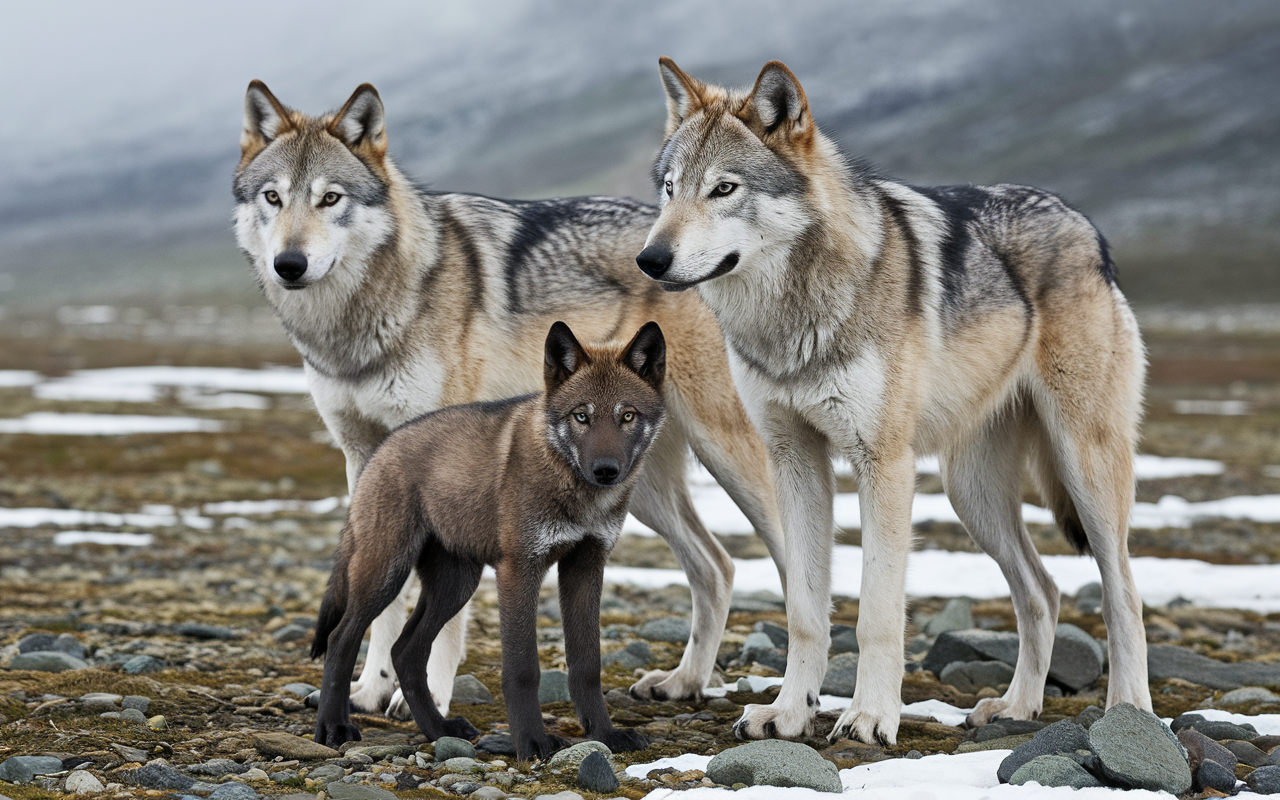🐺 12,000 Years Later: Dire Wolves Are Back from Extinction! 🌍
Hello, fellow nature enthusiasts! 🌟 Today, I want to dive into a groundbreaking story that’s straight out of a sci-fi novel but is very much happening right now. Scientists at a bioscience startup called Colossal have harnessed gene-editing technology, particularly CRISPR, to bring back dire wolves, a species that went extinct about 12,000 years ago! 🧬✨
The Return of a Mythical Predator 🐾
You may have heard of dire wolves from pop culture, particularly in Game of Thrones, but believe it or not, these magnificent creatures were real. Standing significantly taller than modern gray wolves, they roamed the Americas and were apex predators of the Pleistocene Epoch. Thanks to advances in genetic research, we are witnessing a historic moment where science is bringing these animals back to life! 🌿
Colossal's Goals
Co-founded by geneticist George Church and entrepreneur Ben Lamm, Colossal aims not only to resurrect ancient species but also to help prevent extinctions today. “We are in the sixth mass extinction, and it is human-caused,” says Lamm. 🦈💔 This broader goal includes enhancing the genetic resilience of endangered animals, which is both admirable and necessary in today’s world.
What Makes This Project Unique? 🌟
The dire wolves, named Romulus and Remus, plus a younger sister named Khaleesi, have been successfully born through a surrogate process. Their DNA comes from ancient dire wolf remains, making their rebirth a fascinating fusion of cutting-edge science and deep history. The scientists crafted a “functionally equivalent” species, striving to restore not just the wolves’ physical traits, but also their behaviors and instincts.
A Win for Conservation
Colossal’s commitment goes beyond dire wolves. They’re actively involved in the conservation of living species—cloning endangered red wolves and utilizing the same innovations to promote genetic diversity and resilience in today’s wildlife. 🌿💪
Ethical Considerations 🤔
The project raises important questions about de-extinction and ethical conservation efforts. While the idea of bringing back extinct species is exhilarating, it should not overshadow the urgency of conserving the species that still exist. “Extinction is forever,” Shapiro reminds us. 🌏💔 We need to focus on protecting our existing ecosystems while we marvel at these scientific advancements.
Your Thoughts? 💭
What do you think about the possibility of literally bringing back the dead? Are you excited about dire wolves making a comeback, or do you have concerns about the implications of such projects? Are these scientific achievements paving the way for a better relationship between humanity and nature, or are we playing God?
Let’s get the conversation going in the comments below! 👇👇
Final Thoughts
As we marvel at the return of these ancient creatures, it’s crucial to remember that our responsibility extends beyond just resurrecting them. We must aim for a harmonious relationship with wildlife and protect what we still have left. 🌿❤️
Catch you next time, and remember to stay curious! 🐾
[#DireWolf #ConservationRevolution]

More Stories
Exciting News: The Summer I Turned Pretty is Becoming a Movie
Reflecting on Robert Redford’s Legacy of Integrity and Artistry
Sara Rivers Appeals Dismissal of $60 Million Lawsuit Against Sean Combs: A Fight for Justice in the Entertainment Industry